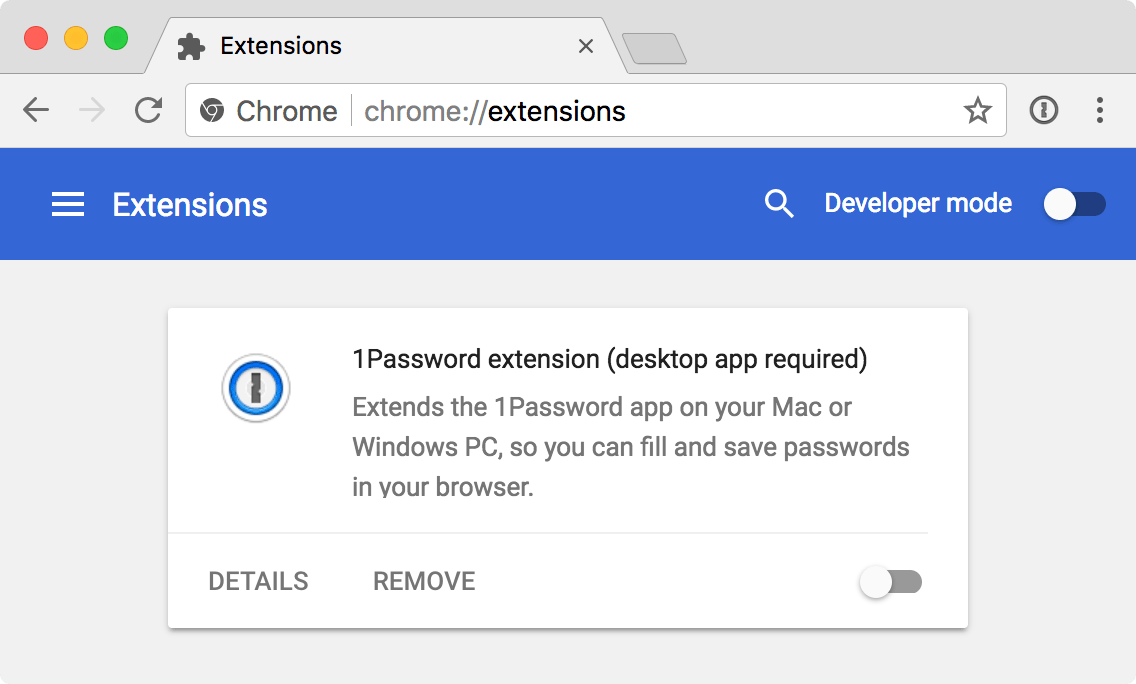
- 1password 7 delete from trash how to#
- 1password 7 delete from trash for mac#
- 1password 7 delete from trash windows#
Tags (Mac only): Tags (see Use Folders & Tags, ahead in this chapter) are words or phrases you create to describe items that share some characteristic.See Perform an Advanced Search and Use Smart Folders, later in this chapter. For example, you could do an advanced search for all logins created within the last 30 days and save it as a smart folder its contents would change dynamically. They’re not really folders but rather saved searches.
1password 7 delete from trash windows#
Smart folders: Although not shown in Figure 20 (earlier), if you have any smart folders, they appear in the Folders group in the 1Password sidebar on a Mac, or above Trash on a Windows PC.You can hide all the folders by hovering over the Folders label with your pointer and clicking Hide display them again by clicking Show (in the same spot). An item can go in only one folder, and you can nest folders if you like. Folders: Like folders in the Finder or Windows Explorer, folders in 1Password (see Use Folders & Tags, ahead in this chapter) let you organize any or all of your items in a hierarchy.
1password 7 delete from trash for mac#
Similarly, while 1Password for Windows has an Accounts group (with subtypes for various services), 1Password 4 for Mac uses Logins for account types that don’t fit into one of its other categories. Note: The Wallet group in Windows, which was also used in earlier versions of 1Password for Mac, no longer appears in 1Password 4 for Mac, although Credit Cards (and most other wallet items) still do. (That’s what tags are for, as we’ll see in a moment.) However, on a Mac, you can drag any category up or down in the list to change its position. That’s because each category corresponds to one of 1Password’s built-in templates they’re not merely arbitrary labels. You can’t add your own categories, rename categories, or change which category an item belongs to. 1Password shows several common categories by default, even if you don’t have any items yet, but less-used categories (such as Memberships and Outdoor Licenses) appear only after you add items in those categories.

Favorites (Mac only): You can manually mark your most important 1Password items (of any sort) with a star to designate them as favorites.All Items (Mac only): Click here to see all items, from all categories, except those in the Trash.(The Windows version is a bit different.) Click an item in the sidebar, and only the matching items show up in the list.įigure 20: The sidebar in 1Password for Mac. Nevertheless, even if you take no action now, you should be aware of what 1Password can do-especially how it sorts and displays your data-so you’re never confused about where something may be.ġPassword’s sidebar ( Figure 20) lets you filter the display of your stored items in the main list. If you find that searching isn’t cutting it for you, then start using the other tools-slowly. So, before you do any organizing at all, try using 1Password for a while without it, merely searching (see Perform a Basic Search) for what you need. I don’t use folders, tags, or favorites-a simple search virtually always turns up exactly what I’m looking for-and I feel as though the time I could pour into organizing and categorizing would be better spent doing something enjoyable or enriching. I have well over 1,300 items in my copy of 1Password (including more than 600 logins), accumulated over about 7 years. But you don’t have to use any of them, and most people-even power users-will merely waste time and effort in the care and feeding of information that can take care of itself. In the next several pages, I’m going to tell you about folders, tags, favorites, advanced searches, smart folders, and all sorts of other tools that you could use to manage your 1Password data. I’m going to emphasize this point by putting it in a nice bold heading:
1password 7 delete from trash how to#
I also tell you how to work with multiple vaults, a new feature in 1Password 4 for Mac and iOS.īut, before I get into any of this, I want to share my Professional Opinion, which is that you should ignore most of the features discussed in this chapter.

So in this chapter, I review many of the ways in which you can search, organize, and view your 1Password items. But they’re only useful to you there if you can find them quickly and easily when you need to.

Over time, you’ll store hundreds-maybe thousands-of things in 1Password. Take Control of 1Password (1.2.1) (2014) Chapter 6.


 0 kommentar(er)
0 kommentar(er)
